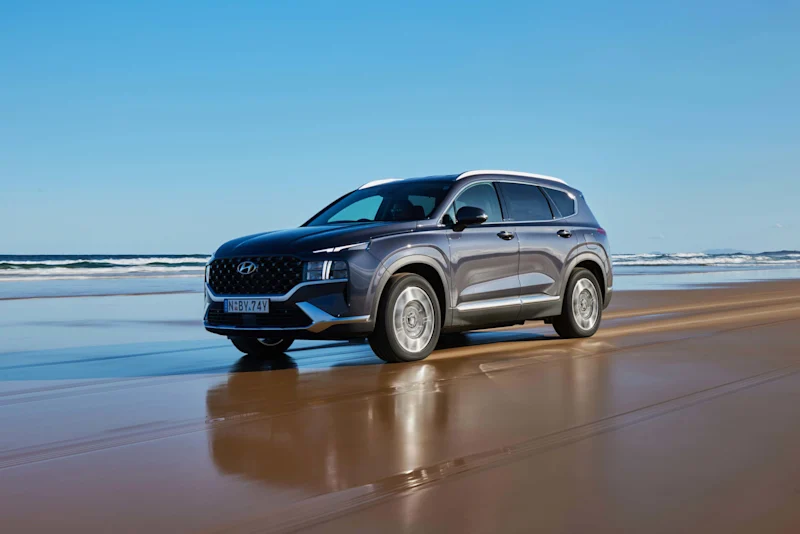Read to Know About Type 1 and Type 2 EV Chargers

The outlet of the charging station must match the plug on your car whether you want to charge your EV at home, at work, or at a public station.
More specifically, the cable connecting your vehicle to the charging station must contain the appropriate plugs on both ends. There are two alternating current (AC) plug types that allow charging up to 43 kW and two direct current (DC) connector types that allow fast charging up to 350 kW.
The majority of us will drive electric vehicles, which use Type 1 or Type 2 charging cords to connect and replenish the battery. So, how do Type 1 and Type 2 charging leads for EVs or PHEVs differ from one another? It is really simple to understand.
The cable you purchase to recharge your EV or PHEV at home or bring with you to use at public charging stations will have a Type 1 or Type 2 plug on one end that connects with the connection on your vehicle.
Regardless of whether they are type 1 or type 2, all charging cables have a standard type 2 connection at the charger end. You can buy EV Type 1 to 2 Charging Adapter for your EV from Jucer in Australia.
While Type 1 inlets are the most common variant in Asian, Japanese, and American markets, Type 2 inlets are the norm in Europe.
The latch on the 5-pin Type 1 plug maintains it in place and prevents it from being pulled out of the charger socket, in contrast to the lack of latches on the 7-pin Type 2 devices. Instead, the Type 2 plug-equipped automobiles contain a locking pin that marks and locks the plug-in location.
Only the EV or PHEV owner can unplug the charging wire from the vehicle socket because it is a very secure mechanism. Models that accept Type 1 plugs won’t have a lock pin, making it possible for anyone to unlock the charging cable.
There are 2 types of AC plugs:
Single-phase Type 1 plugs are the norm for EVs from North America and Asia. Depending on your car’s charging capacity and the grid’s capacity, you can charge your car at a pace of up to 7.4 kW.
Triple-phase plugs are Type 2 plugs because they include three extra wires that allow current to flow through. They may therefore charge your automobile faster, of course.
The maximum charging power at home is 22 kW, whereas the maximum charging power at public charging stations is 43 kW, again depending on the charging capacity of your vehicle and the grid.
2 types of plugs available for DC charging:
CHAdeMO:
Japanese engineers created this rapid charging technology, which supports bidirectional charging and very high charging capabilities. At the moment, Asian automakers are setting the standard for CHAdeMO-compatible electric vehicle offerings. It supports charging at 100 kW maximum.
CCS
With 2 additional power contacts for rapid charging, the type 2 plug has been improved to become the CCS plug. Both AC and DC charging are supported. It permits charging at up to 350 kW per minute.




